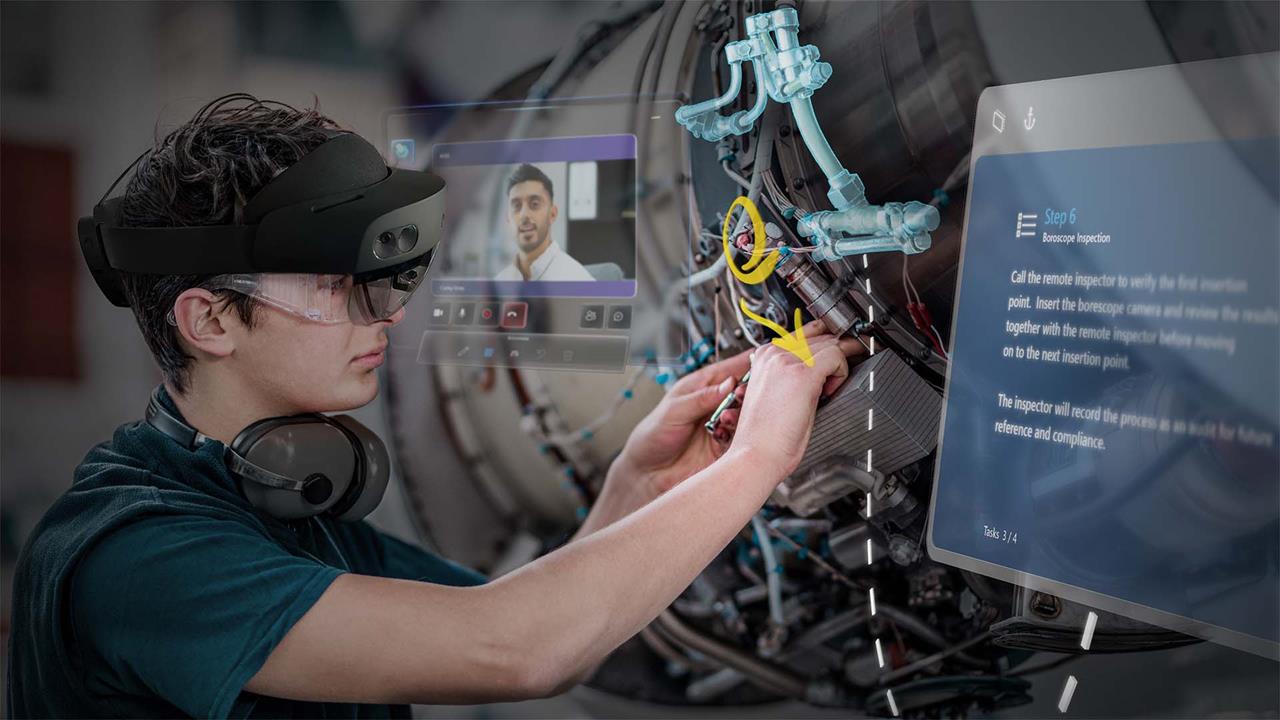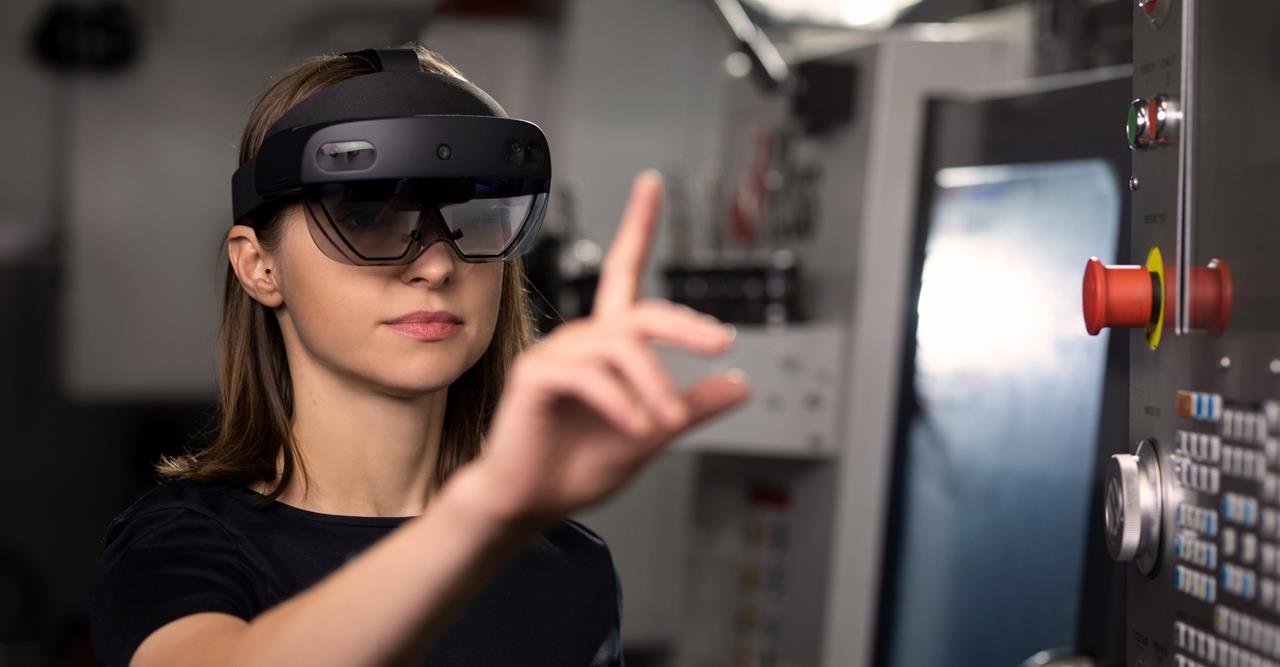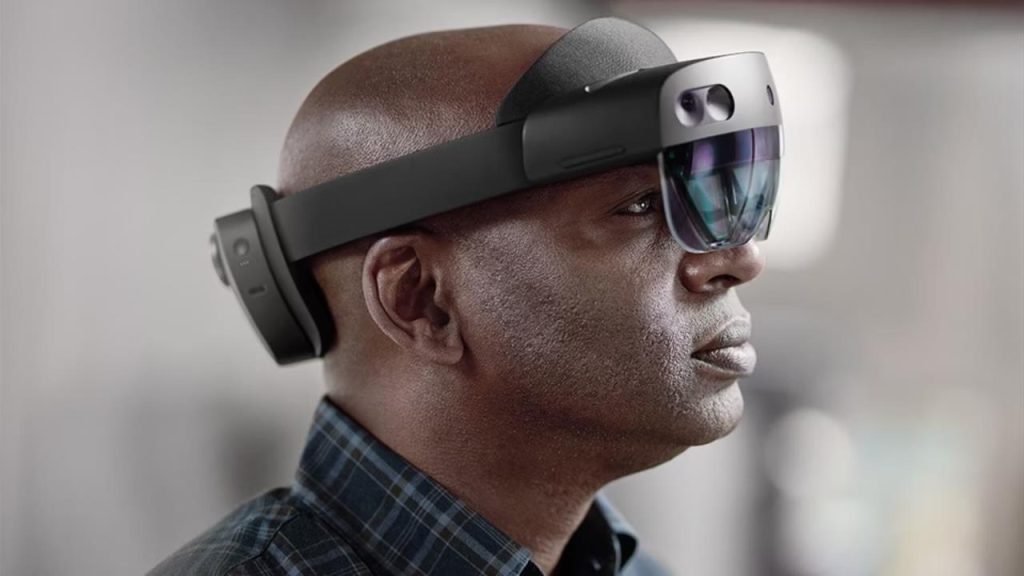Augmented Reality (AR) is transforming the aerospace industry, and one of its most impactful applications is in jet engine maintenance. By overlaying digital information onto physical components, AR streamlines complex maintenance procedures, improves accuracy, and reduces downtime—all while enhancing technician training and safety.
What Is AR-Assisted Maintenance?
AR-assisted maintenance uses smart glasses, tablets, or headsets to superimpose 3D models, instructions, diagnostics, or data on top of real-world jet engines. This allows engineers to interact with both the physical engine and relevant digital tools at the same time.

Benefits of AR in Jet Engine Maintenance
1. Increased Efficiency
AR reduces the need to refer back and forth between manuals and the engine. Step-by-step overlays can guide technicians through inspections, disassembly, and reassembly with precision.
2. Error Reduction
Visual cues and real-time diagnostics help reduce human error. AR can also warn technicians if a wrong step is being taken or if parts are misaligned.
3. Improved Training
AR is a powerful training tool. Trainees can simulate real-world maintenance scenarios without working on actual engines, gaining hands-on experience faster and more safely.
4. Remote Collaboration
Technicians can connect with off-site experts via AR, who can see what they see and provide live instructions or highlight parts in real time.
5. Reduced Downtime
Faster diagnostics and streamlined repairs mean engines are grounded for shorter periods, boosting operational efficiency for airlines and fleets.

Real-World Applications
Major aerospace companies have already integrated AR into their maintenance protocols:
- Rolls-Royce has explored AR for fan blade repairs and modular component swaps.
- GE Aviation uses AR tools to support engine overhauls and maintenance checks.
- Airbus and Boeing have developed AR systems for engine inspection and technician training.
Tools and Devices Used
- Microsoft HoloLens – A leading AR headset used for overlaying detailed schematics and live annotations.
- Vuzix Smart Glasses – Lightweight glasses often used for remote support and checklists.
- Tablet AR Apps – For broader adoption, tablets and smartphones offer mobile AR solutions without requiring headsets.

Challenges and Future Outlook
While AR brings undeniable benefits, challenges include:
- Initial investment in hardware and software
- Integration with existing maintenance systems
- Regulatory approval and standardization
Despite these hurdles, the future is promising. As AR hardware becomes more affordable and software more intuitive, adoption will likely become industry standard.


